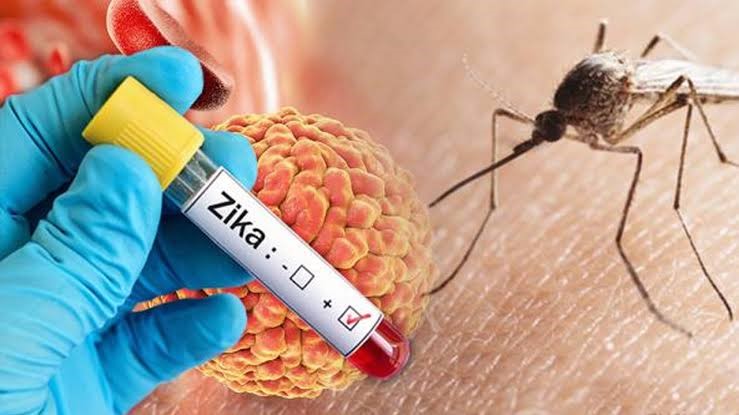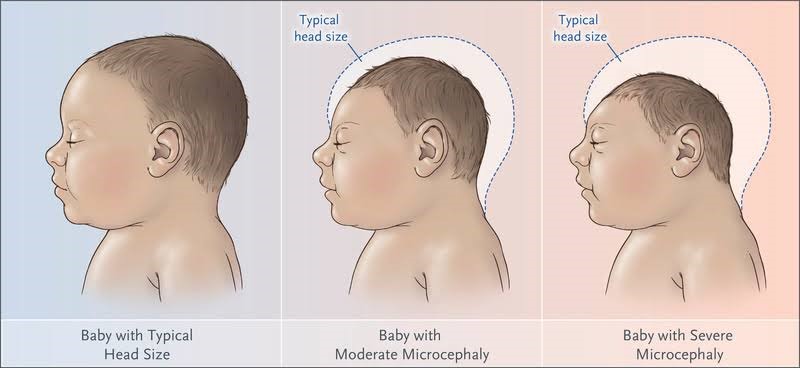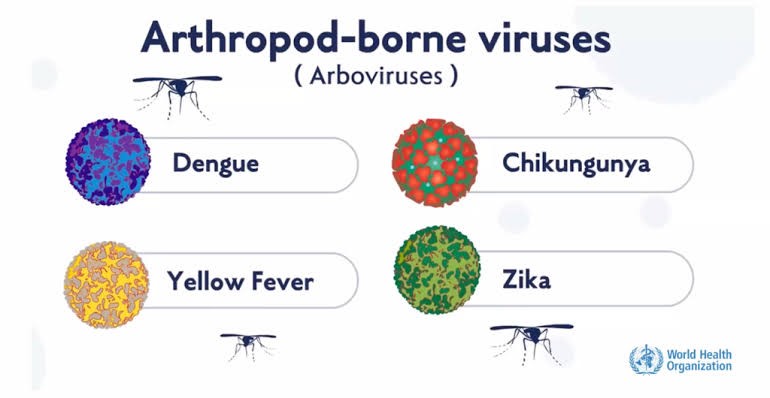Description

Disclaimer: Copyright infringement not intended.
Context: Mumbai has reported the first case of Zika Virus, confirmed by the Brihanmumbai Municipal Corporation (BMC).
About Zika virus
- Zika virus is a mosquito-borne virus.
- It was first identified in Uganda in 1947 in a Rhesus macaque monkey followed by evidence of infection and disease in humans in other African countries in the 1950s.
- From the 1960s to the 1980s, sporadic human infections were detected across Africa and Asia.
- However, since 2007 outbreaks of Zika virus disease have been recorded in Africa, the Americas, Asia and the Pacific.
Symptoms
- Most people infected with the Zika virus do not develop symptoms.
- Among those who do, are generally mild including rash, fever, conjunctivitis, muscle and joint pain, malaise and headache.
Complications
- Zika virus infection during pregnancy is a cause of microcephaly.

- Other congenital malformations in the infant, include limb contractures, high muscle tone, eye abnormalities and hearing loss. These clinical features are collectively referred to as congenital Zika syndrome.
- An estimated 5–15% of infants born to women infected with Zika virus during pregnancy have evidence of Zika-related complications
- Zika infection in pregnancy can also cause complications such as fetal loss, stillbirth and preterm birth.
- Zika virus infection can also cause neuropathy and myelitis, particularly in adults and older children.
- In outbreaks over the last decade, Zika virus infection was found to be associated with increased incidence of Guillain-Barré syndrome.
- In Guillain-Barré syndrome, a patient starts with weakness and tingling in the feet and legs that spread to the upper body. Paralysis can occur.
|
Arbovirus (arthropod-borne virus)
Arbovirus (arthropod-borne virus) is defined as any virus that is transmitted to humans and/or other vertebrates by certain species of blood-feeding arthropods, mostly insects (flies and mosquitoes) and arachnids (ticks).

|
Transmission
- Zika virus is primarily transmitted by infected mosquitoes of the Aedes (Stegomyia) genus, mainly Aedes aegypti, in tropical and subtropical regions. Aedes mosquitoes usually bite during the day.
- These mosquitoes also transmit dengue, chikungunya and urban yellow fever.
- Zika virus is also transmitted from mother to fetus during pregnancy, as well as through sexual contact, transfusion of blood and blood products, and possibly through organ transplantation.
Treatment
- There is no specific treatment available for Zika virus infection or disease. People with symptoms such as rash, fever or joint pain should get plenty of rest, drink fluids, and treat symptoms with antipyretics and/or analgesics
- Nonsteroidal anti-inflammatory drugs should be avoided until dengue virus infections are ruled out because of bleeding risk.
- Pregnant women living in areas with Zika transmission or who develop symptoms of Zika virus infection should seek medical attention.
Prevention
- No vaccine is yet available for the prevention or treatment of Zika virus infection.
|
India and Zikavirus
● In February 2016, the World Health Organization declared ZIKV infection a Public Health Emergency of International Concern.
● India reported the first Zika case in 2017.
● Subsequently, 157 laboratory-confirmed cases of ZIKV including 63 pregnant women were reported from Rajasthan, India in 2018.
|
Way ahead
Research and development:
- More research is needed to investigate the risk and effects of Zika virus infection on pregnancy outcomes and the effects of infection on other neurological disorders in children and adults.
Collective strategies
- Strategies for prevention, control, and transmission need to be developed.
Advanced facilties
- Facilities for laboratory testing, information, counselling and other clinical care for Zika virus should be robust.
Vaccine development
- The development of a Zika vaccine remains an active area of research. International efforts for funding for the development of Zika virus vaccine should be made.
Personal safety
- Personal protection measures include wearing clothing (preferably light-coloured) that covers as much of the body as possible; using physical barriers such as window screens and closed doors and windows; and applying insect repellent to skin.
Prevention measures by pregnant woman
- Young children and pregnant women should sleep under mosquito nets if sleeping during the day or early evening.
Counselling
- WHO recommends that sexually active men and women be counseled and offered a full range of contraceptive methods to be able to make an informed choice about whether and when to become pregnant to prevent possible adverse pregnancy and fetal outcomes.
Conclusion
- WHO supports countries to conduct surveillance and control of arboviruses through the implementation of the Global Arbovirus Initiative, which is aligned with and expands upon recommendations laid out in the Zika Strategic Response Plan.
|
PRACTICE QUESTION
Q) Arbovirus (arthropod-borne virus) diseases are one of the biggest concerns of health today. Many of them have been declared as Public Health Emergencies of International Concern by WHO. In this examine the threats/concerns along with the steps needed to be taken to prevent the threats at national and international levels. (250 marks)
|

https://indianexpress.com/article/health-wellness/zika-virus-mumbai-what-are-signs-symptoms-and-prevention-measures-8906785/












